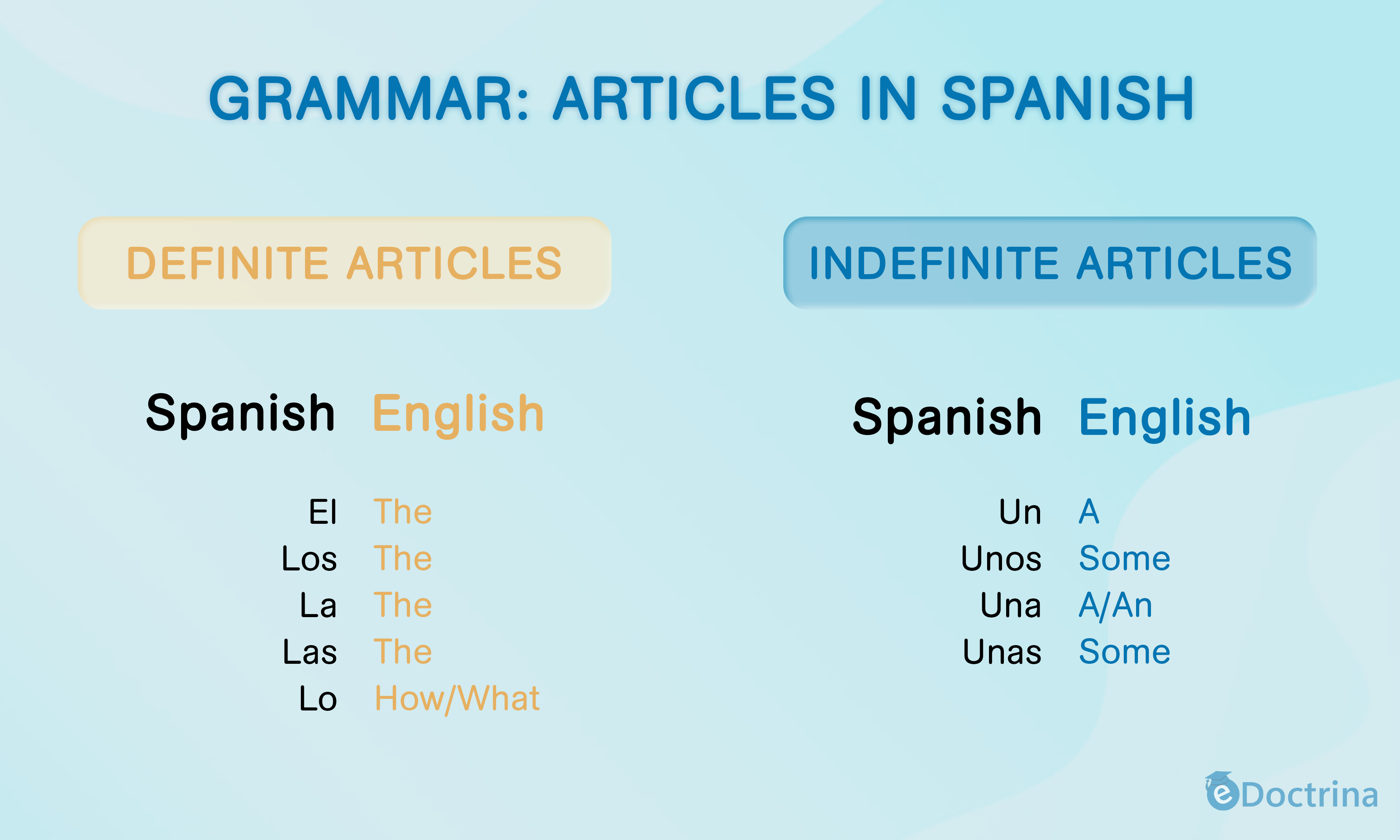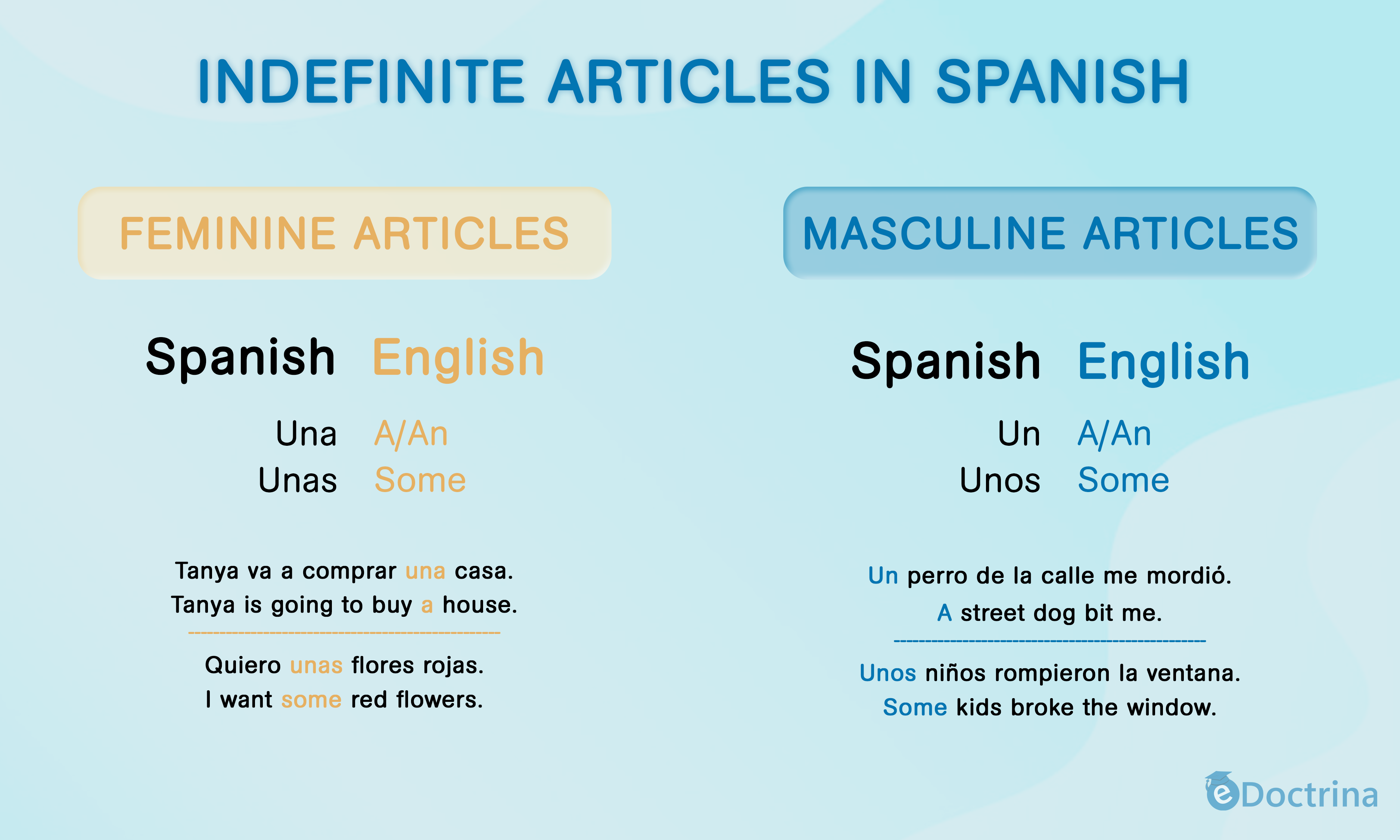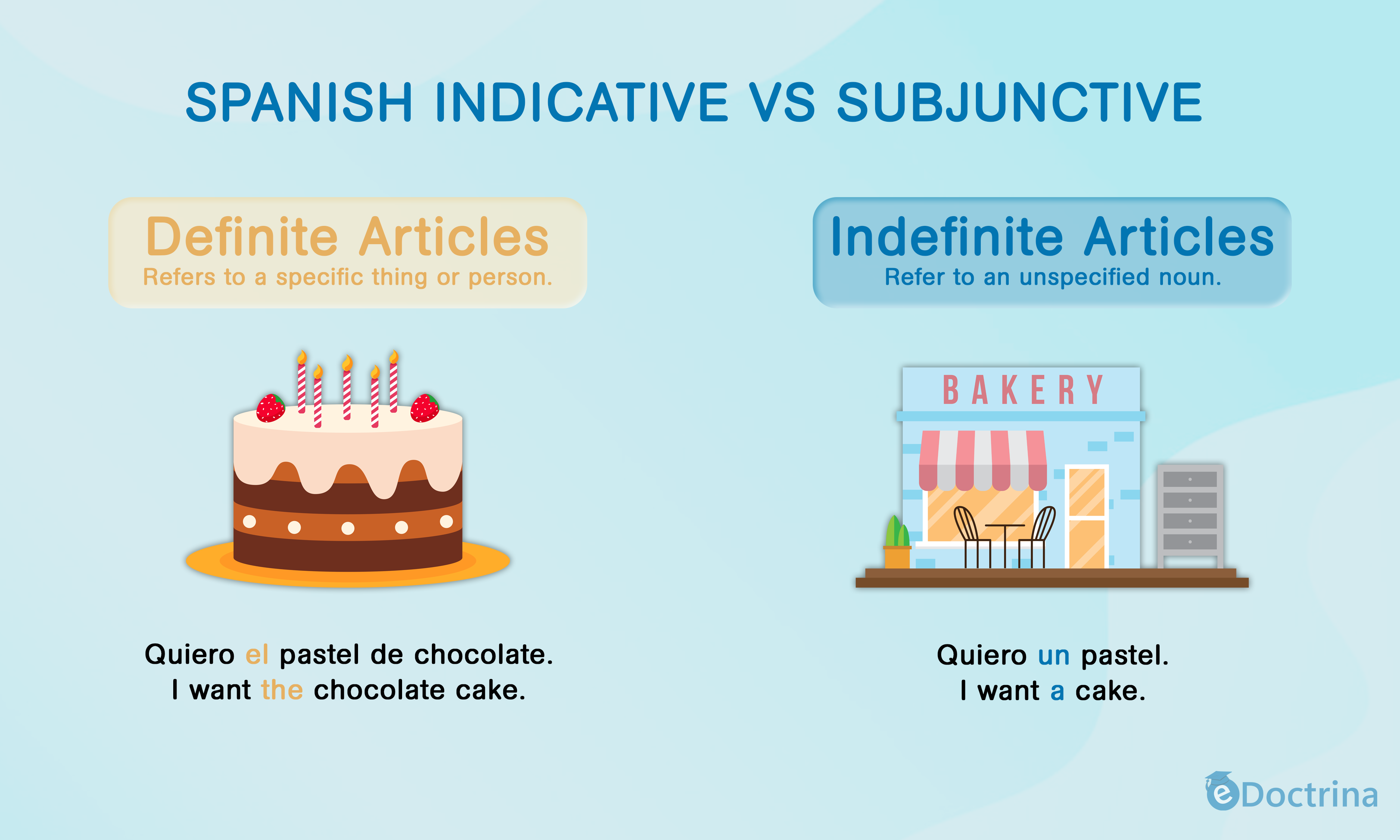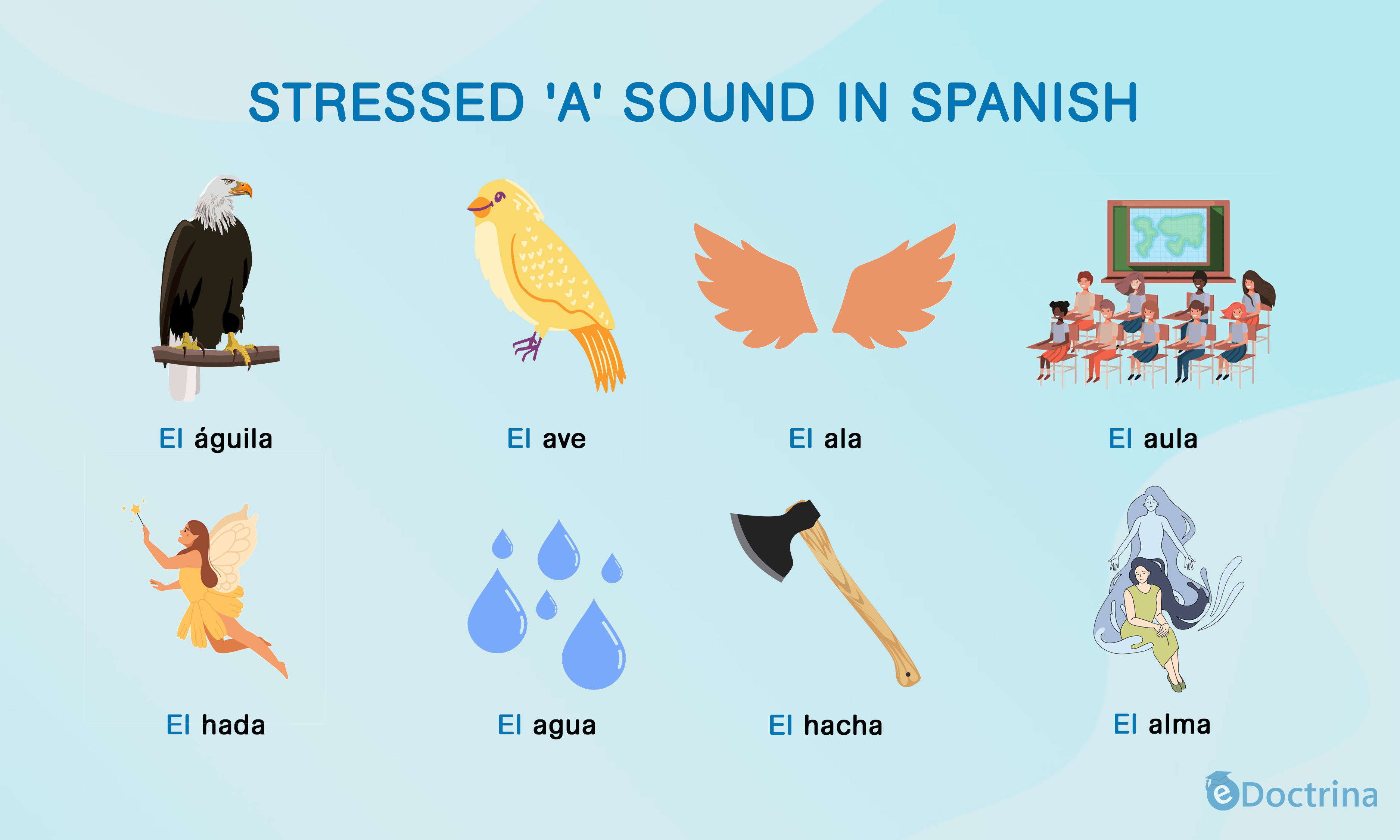
Based on the Royal Spanish Academy’s latest corpus analysis, the articles “la” and “el” rank as the second and fourth most frequently used words in Spanish, respectively. Thus, it’s evident that articles play a crucial role in the Spanish language.
Articles are indispensable for constructing coherent sentences in Spanish. Therefore, if you’re eager to delve deeper into this fundamental aspect, this guide provides all the necessary information to comprehend and effectively utilize Spanish articles.
Here’s a brief overview of the topics covered in this comprehensive guide:
By the conclusion of this guide, you’ll undoubtedly feel more assured in your understanding of Spanish articles.
Understanding Articles in Spanish: An Overview
Articles in Spanish are categorized as determiners, which are small words placed before a noun to specify details about the thing or person being referred to. When employing Spanish articles, you convey the following information:
- The gender and number of the noun (feminine or masculine, singular or plural).
- Whether the object being discussed is already known or familiar to the conversation participants.
For clarification, consider the following examples:
Siempre sí compré el celular.
I ended up buying the phone.
Ayer compré unos celulares.
Yesterday, I bought some phones.
When comparing example #1 with #2, you’ll notice that both refer to masculine nouns. However, #1 denotes a singular phone, whereas #2 denotes multiple phones.
Moreover, the use of “el” in the first example suggests that the individuals involved in the conversation are already aware of the specific phone being discussed. Conversely, this assumption is not present in the second example, where information about the types of phones is unknown.
Articles in Spanish are further categorized based on their specificity into:
- Definite articles: utilized to reference defined objects or individuals.
- Indefinite articles: employed when discussing unspecified objects or individuals.
In the subsequent sections, we’ll delve deeper into these types of articles.
Do you want to learn more?
Join the e-Doctrina Spanish community and learn basic Spanish communication in a carefully graded way for beginners.
Definite Articles in Spanish

As their name implies, Spanish definite articles are utilized with nouns that are already defined within the context of the conversation. This indicates that the individuals involved are already aware of or familiar with the noun being discussed.
In essence, definite articles are employed to refer to specific items or entities that have been previously mentioned and are recognizable to the audience. Below is a table detailing definite articles in Spanish:
| Spanish masculine definite articles | English equivalent |
|---|---|
| El | The |
| Los | The |
| Spanish femenine definite articles | English equivalent |
|---|---|
| La | The |
| Las | The |
When to Utilize Definite Articles in Spanish
Recognizing when to specify something can pose a challenge for new Spanish learners. If you’re still unsure about when to use definite articles in Spanish, here are situations where their usage is warranted:
- To describe specific objects or people.
- When telling the time in Spanish.
- To emphasize uniqueness or superiority.
- When discussing games, days of the week, instruments played, cardinal numbers, body parts, dates, and sports.
- To express preferences.
- In constructing superlative sentences in Spanish.
- When referring to people’s titles or certain place names.
- When referring to objects near the speaker.
Kindly observe: When the prepositions “a” or “de” directly precede the article “el,” it is necessary to contract both words (see the graphic below) to ensure smooth pronunciation and avoid awkwardness.

Illustrative Examples of Definite Article Usage in Spanish
Here are several examples showcasing the usage of definite articles in Spanish. Let’s test your ability to recognize the contexts mentioned earlier, shall we? Keep in mind that these articles must agree in gender and number with the noun they modify.
[Definite Article] + [noun]+ (complement)
No me gustó el pastel.
I didn’t like the cake.
Tengo clase los lunes.
I have classes on Mondays.
Kindly observe: In contrast to English, in Spanish, we consistently use a masculine article (“el” or “los”) to refer to the days of the week.
Creo que son las cinco.
I believe it is five.
Celia se quebró el brazo.
Celia broke her arm.
Kindly observe: In English, articles are not used as frequently as they are in Spanish. Consequently, you may encounter situations that seem unfamiliar to you. For instance, in Spanish, body parts always require definite articles because they are considered unique and specific.
La casa de la esquina es azul.
The house on the corner is blue.
¿Sabe a qué hora llega la doctora?
What time does the doctor arrive?
Kindly observe: In this instance, we know that the doctor is female. If the doctor were male, we would use “el doctor.”
Juan Carlos toca la guitarra muy bien.
Juan Carlos plays the guitar very well.
Mis primos son los más altos de la familia.
My cousins are the tallest in the family.
Judith y Tony se mudaron a La Habana.
Judith and Tony moved to Havana.
Pasa, Charlie, ¿puedes cerrar la puerta?
Come in, Charlie. Can you close the door?
Ella es siempre la mujer para Sherlock Holmes.
She was always the woman for Sherlock Holmes.
Kindly observe: Spanish includes many places (such as countries, rivers, cities, mountains, lakes, etc.) whose names are formed with a definite article. Here are some examples:
| Spanish Name | English Equivalent |
|---|---|
| La Habana | Havana |
| La India | India |
| El Paso | El Paso |
| El Cairo | Cairo |
| El Amazonas | The Amazon |
| El Salvador | El Salvador |
| El Himalaya | Himalayas |
| Los Países Bajos | Netherlands |
Kindly observe: In Spanish, definite articles are also utilized to convey possession. However, this usage is only applicable when it is abundantly clear that the object belongs to the speaker. In such instances, articles can be employed in place of possessive adjectives.
As a result, you could say:
Me robaron el celular y la cartera.
Somebody stole my phone and my wallet.
Neuter Article ‘lo’
As you advance in your study of Spanish grammar, you’ll inevitably encounter the infamous neuter article “lo.” Despite common misconceptions, “lo” is not a masculine article but rather a neuter one, devoid of gender connotations.
Unlike other definite articles in Spanish, “lo” maintains a singular form and does not accompany nouns, as Spanish nouns inherently possess gender. Consequently, the neuter article “lo” is employed to:
- Emphasize qualities.
- Refer to abstract concepts, such as ideas, wishes, or thoughts.
When functioning as a neuter article, “lo” can be translated as “how” or “what.” It’s important to note that the conjunction “que” is typically used to introduce ideas, wishes, or thoughts.
Lo + [adjective/adverb/que] + [complement]
No puedo creer lo rápido que comes.
I can’t believe how fast you eat.
Lo que quiero es descansar.
What I want is to rest.
Ojalá pudieras ver lo bonita que está la ciudad.
I wish you were able to see how pretty the city is.
Kindly observe: Additionally, the neuter article “lo” is sometimes employed to refer to a person’s house or commercial business. Although this usage is not as prevalent as it once was, you may encounter it in literature or in smaller communities.
Ahorita vengo. Voy a lo de Sophie.
I’ll be right back. I’m going to Sophie’s.
Indefinite Articles in Spanish

Indefinite articles in Spanish denote imprecise and undefined people or things. This implies that the listener or reader is not yet acquainted with the noun (object) being referenced, or lacks sufficient information to identify it.
Therefore, indefinite articles in Spanish are employed to introduce a person or object into the conversation. Below is a table detailing all the indefinite articles in Spanish:
| Spanish masculine indefinite articles | English equivalent |
|---|---|
| Un | A/An |
| Unos | Some |
| Spanish feminine indefinite articles | English equivalent |
|---|---|
| Una | A/An |
| Unas | Some |
When to use indefinite articles
Spanish indefinite articles serve three primary purposes:
- To refer to an unspecified noun.
- To express and emphasize the quantity of a noun.
- To emphasize the qualities or characteristics of a noun.
Below are examples illustrating the application of these articles:
[Subject] + [verb conjugated] + [indefinite article] + adjective) + [noun]
Te compré un suéter.
I bought you a sweater.
Jonathan, ¿quieres una manzana?
Jonathan, do you want an apple?
Quiero un helado de chocolate.
I want a chocolate ice cream cone.
Tatiana es una buena hermana.
Tatiana is a good sister.
Hay unos niños en la puerta.
There are some kids at the door.
In examples #1 and #5, limited information is provided about the nouns. The identities of the children or the specific type of sweater purchased remain unspecified. Conversely, examples #2 and #3 indicate the quantity of ice cream and apples desired by the individual. Lastly, the fourth example highlights Tatiana’s distinctive qualities.
Distinguishing Definite and Indefinite Articles
As you’ve learned, definite and indefinite articles in Spanish serve distinct purposes. The primary discrepancy between these two sets of words lies in their specificity.
In essence:
- Definite articles accompany nouns that are well-defined and recognizable to listeners, as they have previously heard or been informed about them.
- Indefinite articles are used with nouns that are undefined or unfamiliar to listeners, either due to insufficient information or lack of prior knowledge.
Consider these straightforward examples:
Definite article
Quiero el pastel de chocolate, por favor.
I want the chocolate cake, please.
Indefinite article
Quiero un pastel, por favor.
I want a cake, please.

Consider the sentences above. When employing definite articles, I refer to a specific item that the listeners can readily recognize. In this instance, it pertains to the chocolate cake, and it’s implied that the cake vendor knows precisely which cake I’m referring to.
Conversely, by using the indefinite article, I provide minimal information aside from the quantity of cake desired. Consequently, both the clerk and I would need to engage in a conversation to specify the type of cake I am seeking.
Kindly observe: Another notable distinction between definite and indefinite articles in Spanish is their usage with the verb “haber.” Specifically, definite articles are never used in conjunction with “haber“; this application is exclusive to indefinite articles.
Incorrect:
Hay la rebanada de pizza en la mesa.
There’s the slice of pizza on the table.
Correct:
Hay una rebanada de pizza en la mesa.
There’s a slice of pizza on the table.
Spelling Considerations for Spanish Articles
We’ve previously noted that Spanish nouns invariably possess a gender, requiring the selection of an article that corresponds to the object’s gender. However, there exists an exception to this rule concerning Spanish articles.
In instances where a feminine singular noun initiates with a stressed ‘a’ sound, employing a singular masculine article facilitates smoother pronunciation.

Interested in verifying this for yourself? Take a moment to read the following sentences. Did you observe the difference in pronunciation between the correct examples and others?
| Incorrect | Correct |
|---|---|
| ¡Mira! Una águila | ¡Mira! Un águila |
| ¿Dónde está la agua? | ¿Dónde está el agua? |
| La hada de los dientes no vino. | El hada de los dientes no vino. |
Exceptions to this rule occur when:
- An adjective is inserted between the article and the noun.
- The noun is presented in its diminutive form or other modifications.
- The article is utilized to denote the gender of a noun.
- The noun refers to the designation of a letter or initials.
Review the following examples for clarification:
[Article] + (adjective) + [noun]
La pequeña hada voló a su casa.
The little fairy flew to her house.
Vimos una aguilita en la montaña.
We saw a little eagle on the mountain.
Mi comida favorita es la pasta.
My favorite food is pasta.
En español, la hache es muda.
In Spanish, the letter H is mute.
When to Exclude Articles in Spanish?
While articles are ubiquitous in Spanish sentences, they are omitted in specific scenarios. Here are instances where articles are not required:
- Describing a person’s profession
- Referring to months or years
- Mentioning proper nouns
- Discussing uncountable nouns or unspecified amounts
Here are some examples:
Incorrect:
Lenny es un enfermero.
Lenny is a nurse.
Correct:
Lenny es enfermero.
Lenny is a nurse.
Incorrect:
Bonnie es una periodista.
Bonnie is a journalist.
Correct:
Bonnie es periodista.
Bonnie is a journalist.
Kindly observe: In English, you use articles to denote a person’s profession, but in Spanish, this isn’t the case. However, if you’re describing someone’s professional role or characteristics, you might use an indefinite article.
Sonia es una excelente enfermera.
Sonia is an excellent nurse.
Incorrect:
Nací en el 1991.
I was born in 1991.
Correct:
Nací en 1991.
I was born in 1991.
Incorrect:
Vivo en la China.
I live in China.
Correct:
Vivo en China.
I live in China.
Kindly observe: As you’re aware, some rivers, mountains, cities, and countries in Spanish include a definite article as part of their names. In such instances, the article cannot be omitted because it’s an integral part of the proper noun.
Incorrect:
Necesitamos la leche.
We need milk.
¿Todavía tenemos un vino?
Do we still have a wine?
Correct:
Necesitamos leche.
We need milk.
¿Todavía tenemos vino?
Do we still have wine?
Kindly observe: Articles and uncountable nouns in Spanish can be perplexing. Typically, you only need to use articles if the object you’re referring to is highly specific. Here are some examples to illustrate this point.
¿Dónde está la leche que compré?
Where is the milk that I bought?
¿Todavía tenemos el vino que nos dio Gus?
Do we still have the Italian wine that Gus gave us?
Key Rules and Points for Spanish Articles
Mastering Spanish articles can be challenging, but here are some key points to remember:
- Articles in Spanish always come before the noun and must agree in number and gender.
- They indicate whether the people in the conversation are familiar with the object or person being discussed.
- Articles are classified as definite or indefinite.
- Definite articles include la, el, los, las, and lo.
- The contractions “al” and “del” are formed when prepositions are in front of “el.”
- Definite articles in Spanish work with specific or defined nouns that the listener can easily identify. These articles are used to:
- Tell the time in Spanish.
- Talk about specific objects.
- Emphasize that a noun is unique or the best of its kind.
- Build superlative structures.
- Refer to a person’s title.
- Express your likes and dislikes.
- Talk about days of the week, instruments you play, body parts, dates, and sports.
- The neuter article ‘lo’ does not work with nouns. It emphasizes qualities or refers to abstract concepts.
- Indefinite articles are un, uno, una, and unas.
- Spanish indefinite articles refer to unspecified things or people. The noun is not easily identified by the listener. Indefinite articles are used to:
- Refer to an unspecified noun.
- Express the quantity of a certain noun.
- Emphasize the qualities of a noun.
- In certain situations, articles must be omitted, such as when referring to professions or proper nouns.
- If a singular feminine noun starts with a stressed ‘a’ sound, it may be replaced by “el” or “un” for ease of pronunciation.

